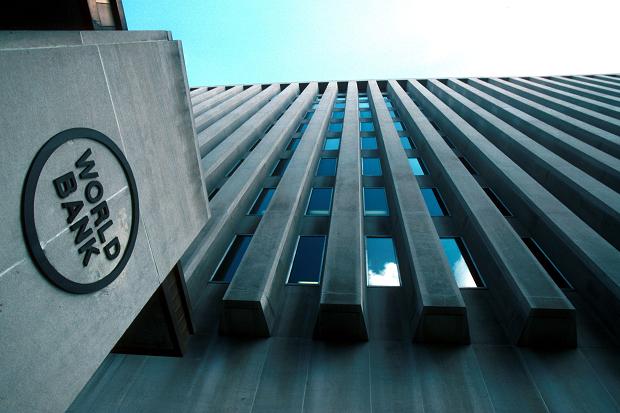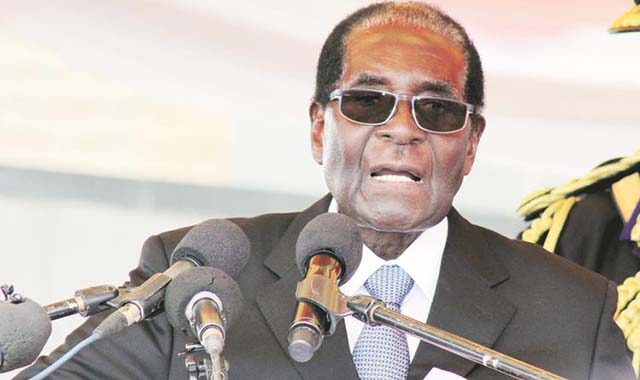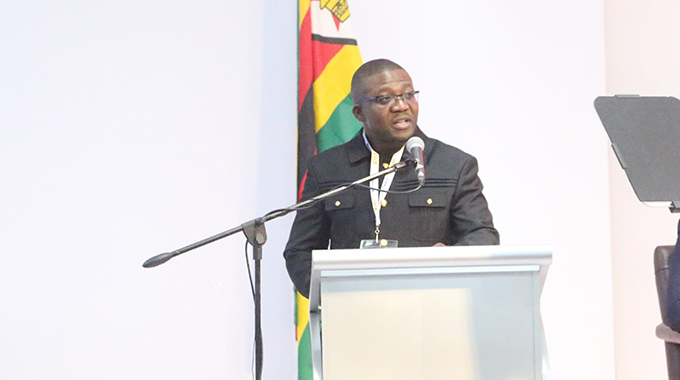WB reviews Zim 2017 GDP to 2.3%

THE World Bank amended its forecast for Zimbabwe’s economic growth prospects for 2017 by 1,5 percentage points to 2,3 percent in its June Global Economic Prospects report released yesterday.
The latest World Bank (WB) projection is still higher than the 1,7 percent projected by Finance Minister Patrick Chinamasa in the 2017 National Budget, on the back of expected positive performances in the mining and agricultural sectors.
At the same time, the WB’s forecast for the country’s economic growth next year is set at 1,8 percent, a -1,6 percent difference from the 3,4 percent it had projected earlier in January.
And according to June Global Economic Prospects report, Zimbabwe’s GDP will grow by 1,7 percent in 2019, which is a -1,7 percent decline from the earlier estimates.
Although Zimbabwe’s economy will benefit from improved performances of the mining and agriculture sectors, a visiting International Monetary Fund (IMF) team last month urged Government to “safe-guard” social outlays.
“The recovery in agriculture and mining will drive growth this year. However, maintaining the growth momentum will require action to expedite the authorities’ plans to reduce the deficit to a sustainable level. Excessive Government spending, if continued, could exacerbate the cash scarcity, further jeopardise the health of the external and financial sectors, and, ultimately, fuel inflation,” said head of the visiting IMF team Ms Ana Lucia Coronel following its conclusion.
“Spending pressures stem from high employment costs, Government transfers to support specific economic sectors, and elevated discretionary expenditure. Action on these three fronts, while safeguarding social outlays, is therefore crucial. Reducing the wage bill could involve reviewing allowances and benefits and evaluating the size of the civil service with a view to eliminating non-essential posts.”
While lowering Zimbabwe’s growth projections this year, and for the two years hence, the global financier has also lowered growth projections for Sub-Saharan Africa (SSA), although maintaining a rather positive outlook.
“Growth in SSA is forecast to pick up to 2,6 percent in 2017, and average 3,4 percent in 2018/19, slightly above population growth. The recovery is predicated on moderately rising commodity prices and reforms to tackle macro-economic imbalances,” explained the WB.
“The forecasts are below those in January, reflecting a slower-than anticipated recovery in several oil and metals exporters. Per capita output growth — which is projected to increase from -0,1 percent in 2017 to 0, 7 percent in 2018-19 — will remain insufficient to achieve poverty reduction goals in the region if the constraints to more vigorous growth persist.”
The WB’s June Global Economic Prospects report has warned of macro-economic risks that could affect the region in the second half of the year.
“The regional outlook is subject to significant external risks. A sharp increase in global interest rates could discourage sovereign bond issuance, which has become a key financing strategy for governments in recent years, as they have increasingly looked to global markets for the funds to finance domestic investment.
“If sustained, increases in global interest rates could further reduce the ability of governments in the region to access foreign bond markets. In addition, weaker-than-expected growth in advanced economies or in large emerging markets could reduce demand for exports, depress commodity prices, and curtail foreign direct investment in mining and infrastructure in the region,” reads part of the report. — BH24.












Comments